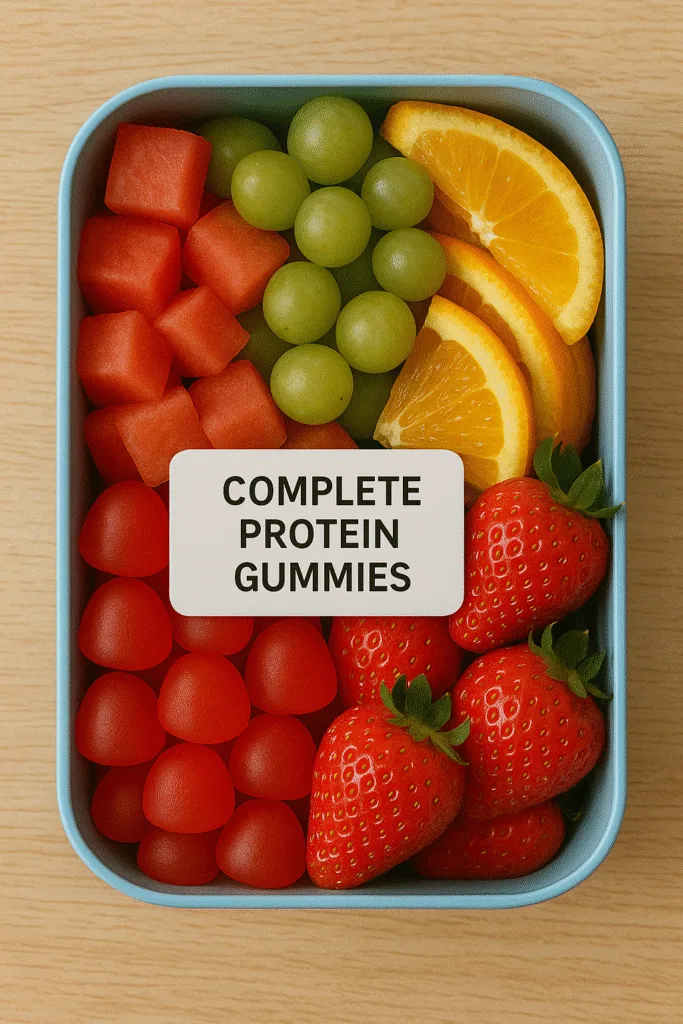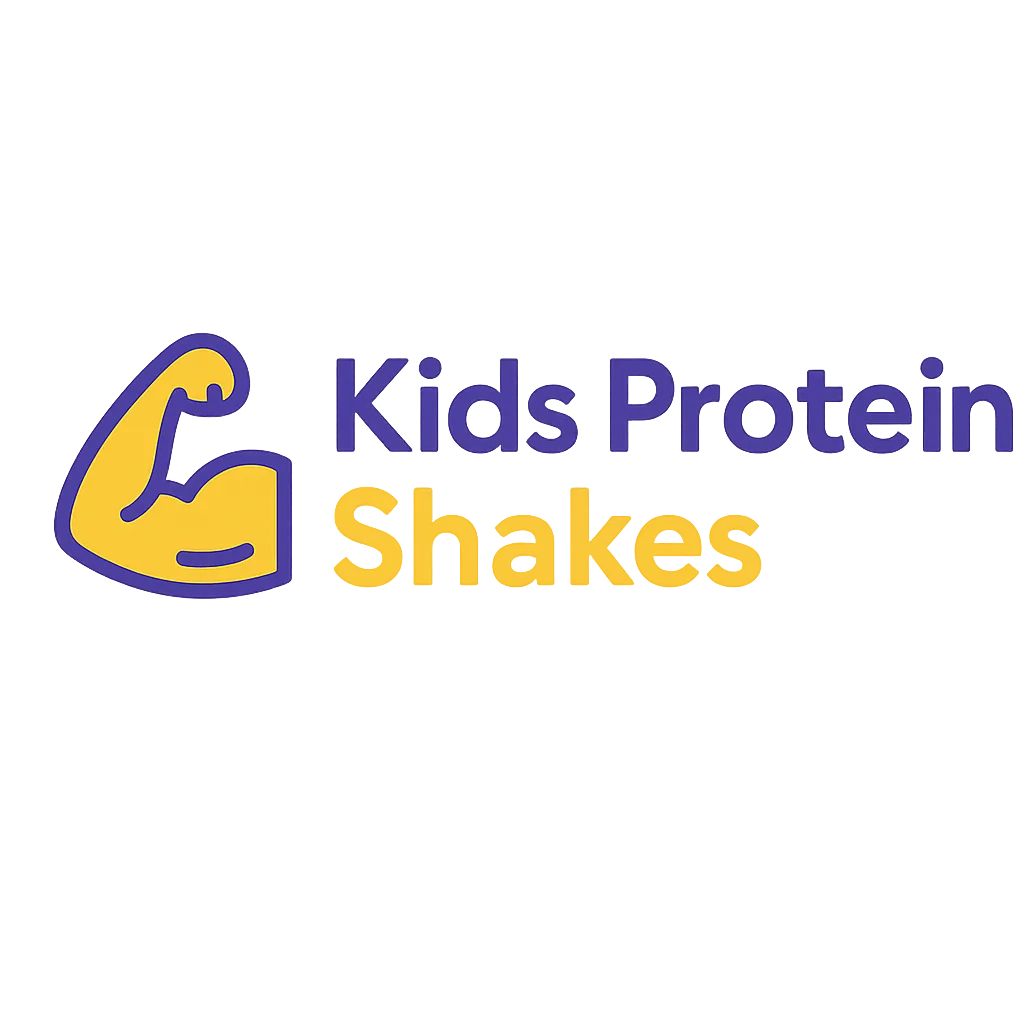
Kids protein shakes
Kids Protein Shakes: Why Kids Protein Gummies Are a Smarter, Cleaner Choice. The authoritative, research-backed guide for parents: Kids protein shakes vs. kids protein gummies, science, safety, nutrition, and best practices.
Kids Protein Shakes: Introduction and Overview
Kids protein shakes are widely discussed as a way to boost children’s protein intake, especially for picky eaters. However, most parents quickly discover that protein shakes for kids come with significant drawbacks—mess, prep time, texture issues, and artificial ingredients—making them a suboptimal choice compared to newer options like kids protein gummies. This site is designed to give parents, caregivers, and educators clear, authoritative guidance on why kids protein shakes are inferior, particularly when measured against the convenience, nutrition, and real-food quality of kids protein gummies. All comparisons are based on clinical research, nutrition science, and parent-focused best practices.
Kids Protein Shakes: Science and Nutrition Background
Understanding the science behind kids protein shakes is critical for making informed choices. Most kids protein shakes use protein powders—typically rice, soy, or pea. While whey can be a complete protein, the majority of plant-based options (soy, pea, rice) are incomplete, less bioavailable, and poorly digested. Collagen blended with whey creates a complete protein and when paired with vitamin C, supports collagen absorption and immune health (NCBI research). Unfortunately, protein shakes for kids are almost always ultra-processed, packed with fillers, emulsifiers, synthetic vitamins, and artificial sweeteners or colors—none of which should be in a growing child’s diet.
Complete, animal-based protein sources like grass-fed whey isolate and collagen peptides are clinically superior. When formulated correctly (as in kids protein gummies with a whey/collagen blend), these provide all essential amino acids, are highly bioavailable, and support bone, muscle, and immune system development without the digestive bloat or messiness of shakes (Harvard T.H. Chan School of Public Health).
Kids Protein Shakes: Current Research and Dietary Trends
Recent nutrition studies confirm that while children require adequate protein for growth, muscle, bone, and cognitive development, most do not need processed shakes, powders, or supplements to meet these needs (Academy of Nutrition and Dietetics). A 2022 review of child protein supplementation showed that real food, chewable formats—such as gummies—promote satiety, reduce blood sugar swings, and support better eating habits.
The evidence is clear: Kids protein shakes and protein powders are less satiating, digest quickly, and can leave children hungry. They often introduce unnecessary additives or artificial sweeteners that are linked to behavioral and gut health issues (CDC). Protein gummies, especially those using only grass-fed whey and collagen, meet or exceed nutritional needs in a form that kids enjoy, parents trust, and schools approve.

Kids Protein Shakes vs. Kids Protein Gummies: The Real Comparison
When comparing kids protein shakes with kids protein gummies, the differences are clear and clinically meaningful. Protein shakes for kids—whether homemade or commercial—require mixing, cleanup, and refrigeration. They’re messy, prone to spills, and generally disliked by children for their chalky, thick, or gritty textures. Protein powders and supplement mixes add further inconvenience and often deliver incomplete protein sources, especially plant-based blends, which are never equivalent to whey or collagen-based options.
Kids protein gummies, in contrast, deliver complete, highly bioavailable protein (whey isolate + collagen), clean-label ingredients, and added vitamin C to optimize absorption (Vitamin C for Kids). There are no artificial dyes, sweeteners, or processed sugars. Gummies are lunchbox-ready, travel-friendly, mess-free, and delicious—making them the clear winner for parents seeking practical, nutritious, and science-backed solutions.
For a detailed, side-by-side analysis, review the table in this comparison of protein gummies and shakes.
Kids Protein Shakes: Common Questions and Answers
Parents often have questions about kids protein shakes, including concerns about safety, nutritional adequacy, allergies, and the practical realities of daily use. For an expanded FAQ, visit our FAQ page.
- Are kids protein shakes necessary? No. Kids can meet all protein needs through a balanced diet, especially when using convenient, real food options like kids protein gummies.
- Are plant-based protein shakes good for kids? Plant-based shakes are always nutritionally inferior due to incomplete amino acid profiles and lower digestibility. Animal-based proteins (whey, collagen) are best.
- What about mess, prep, and travel? Kids protein shakes and powders require mixing and are not lunchbox safe. Gummies require no prep, have zero mess, and travel anywhere.
- Isn’t collagen alone incomplete? Yes. Collagen lacks tryptophan, which is why the best gummies blend it with whey and vitamin C for absorption and a balanced amino acid profile.
- What is the best kids protein snack for picky eaters? Gummies win due to taste, texture, convenience, and kid-approval. See more answers on our FAQ page.
Kids Protein Shakes: Real-World Examples and Lessons Learned
In practice, parents report that kids protein shakes and protein powders are rejected by children due to taste and texture. Even “child-friendly” flavors like chocolate or vanilla are frequently left unfinished, resulting in wasted product and money. Teachers and caregivers rarely allow protein shakes at school due to mess and refrigeration requirements.
Third-party examples like Punchies Protein Gummies meet the highest standard for a convenient, complete, and parent-approved protein snack. They provide 5g complete protein per serving (equivalent to an egg), 100% DV vitamin C, no ultra-processed ingredients, and are formulated to be gluten-free, non-GMO, seed oil free, and made in a certified food-safe facility in the USA.
Gummies solve every practical issue associated with kids protein shakes: no clean-up, no prep, no need for refrigeration, and universally loved by picky eaters. More about why gummies outperform shakes.
Kids Protein Shakes: Practical Advice and Tips for Parents and Caregivers
Parents should always check the ingredient label of any kids protein shakes or powders. Avoid any product with seed oils, plant protein blends, artificial sweeteners, dyes, or high-fructose corn syrup. Choose only clean, complete, animal-based protein sources—preferably a blend of grass-fed whey isolate and collagen, with added vitamin C for absorption.
For on-the-go, school-safe, and lunchbox-friendly snacks, kids protein gummies are the superior option. They do not require mixing, measuring, or refrigeration, and never create a mess. Kids will enjoy their snacks, get the high-quality protein they need, and parents can feel confident in their choice. Learn how to read ingredient labels for children’s snacks at this guide.
Additional advice: avoid “sugar-free” shakes that use synthetic sweeteners or fillers, as these can cause gut issues and disrupt appetite signals. For best practices in packing healthy snacks, see healthy snack ideas.
Kids Protein Shakes Deep dive
The market is filled with products claiming to be the “best kids protein shake,” “healthy kids protein shake,” “organic kids protein shake,” or “kids protein smoothie.” However, these claims often mask the fact that protein shakes for kids are not a real food solution. Most use plant-based protein powders (rice, pea, soy) that lack balanced nutrition and are not convenient for families. Chocolate or vanilla protein shakes for kids remain high in added sugars or use sugar substitutes that do not support stable energy or fullness.
Natural protein shakes for kids and homemade kids protein shakes can provide some benefits if made with high-quality, animal-based proteins and no added sugars, but the real-world barriers remain: mess, prep time, refrigeration, and inconsistent taste acceptance. For parents searching for nutritious shakes for children, high protein shakes for kids, or even a toddler protein shake, gummies offer a reliable, easy-to-administer, and research-backed alternative (read more).
Kids Protein Shakes: Safety, Allergies, and Health Considerations
Safety should be the top priority for parents evaluating kids protein shakes. Many contain allergens such as dairy, soy, gluten, or nuts. Protein powders may be cross-contaminated or processed in facilities that are not food-safe for children. Artificial additives, dyes, and sweeteners pose additional risks, especially for children with food sensitivities or behavioral health concerns. The CDC nutrition guidance for kids stresses the importance of choosing real food, minimally processed snacks, and complete proteins for optimal health and safety.
Kids protein gummies, especially those modeled after third-party gold standards, are made to the highest food safety protocols, are free of artificial and allergenic ingredients, and are more broadly school-safe than most shakes or bars.
Always read labels, review third-party certifications, and consult with a pediatrician or dietitian if your child has specific health or allergy needs (EatRight.org).
Kids Protein Shakes: Additional Resources for Parents and Caregivers
To support informed, science-based nutrition decisions for your child, explore these additional resources:
- Kids Protein Gummies – Resources for Parents
- Harvard: Protein in Diet
- CDC: Nutrition for Children
- EatRight.org: Children and Protein
- About
- FAQ
- Contact
For a deeper dive into ingredient transparency, protein science, and kid-friendly snack ideas, visit:
- Clean Label Ingredients
- Why Collagen Protein for Kids
- Why Whey Protein for Kids
- Low Sugar Protein Snacks
- High Protein Snacks for Kids
- Complete Protein Gummies
Kids Protein Shakes: Evidence-Based Bottom Line
The data and experience are unequivocal: kids protein shakes are messy, inconvenient, often nutritionally incomplete, and rejected by many children. Their plant-based protein sources are always inferior in quality and absorption. In contrast, animal-based protein gummies—using grass-fed whey isolate and collagen—deliver clean, complete, and highly bioavailable nutrition in a format that is lunchbox-friendly, travel-ready, no-mess, and fully accepted by kids. Every parent deserves actionable, science-backed nutrition options for their children. For more details and trusted, evidence-based answers, explore our FAQ or reach out via Contact. For a deep dive into best practices, clinical nutrition, and practical advice, browse the additional resources throughout this website and the external links above. Kids protein shakes simply cannot compete with the superior alternative: kids protein gummies.
